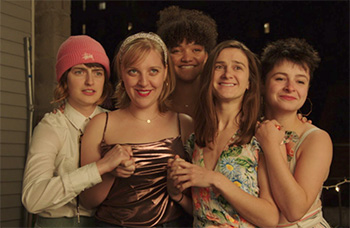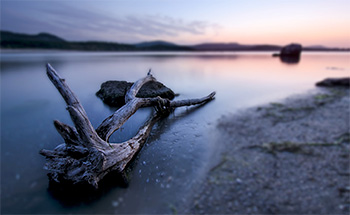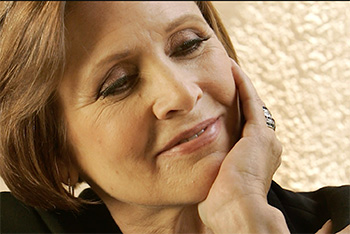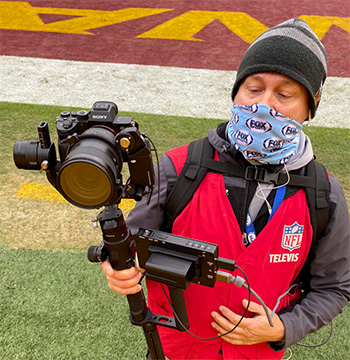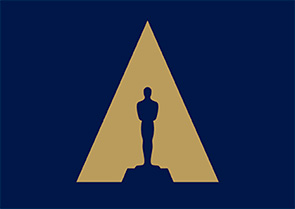… for Random Weirdness
Tip #1362: Create Stock Video That Sells
Larry Jordan – LarryJordan.com
High-quality, visually-interesting generic footage is a money-maker.


This article first appeared in MotionArray.com. This is a summary.
Let’s be real. If someone sets out to make stock video footage, they’re probably not doing it just for fun. They’re doing it to make cash. But just how much cash they end up making largely depends on a few key factors.
Find A Niche. The more specialized your craft, the more money you’ll make.
Quality. Quality is one of the biggest, if not the biggest, factors that divide stock footage that sells from stock footage that languishes. Shoot outdoors in natural light, until you know how to light a set. At minimum, shoot 1080p. Don’t use Automatic mode on your camera.
Avoid Branding. Don’t include labels, logos, or other ad-related images.
Upload to Multiple Sites. The review process takes time. And each site pays differently.
Market Your Work. Put a sizzle reel on YouTube.
Track Results to Find Out What Sells. Regularly search the ‘Popular’ or ‘Top Seller’ pages of your go-to stock footage websites, looking specifically at what comes up under the keywords related to your niche.
Don’t Expect Overnight Success. When it comes to making stock footage, the main things to remember (along with the 7 handy tips above) is to start slow, manage your expectations, and gradually work your way up. Oh, and of course…HAVE FUN!




